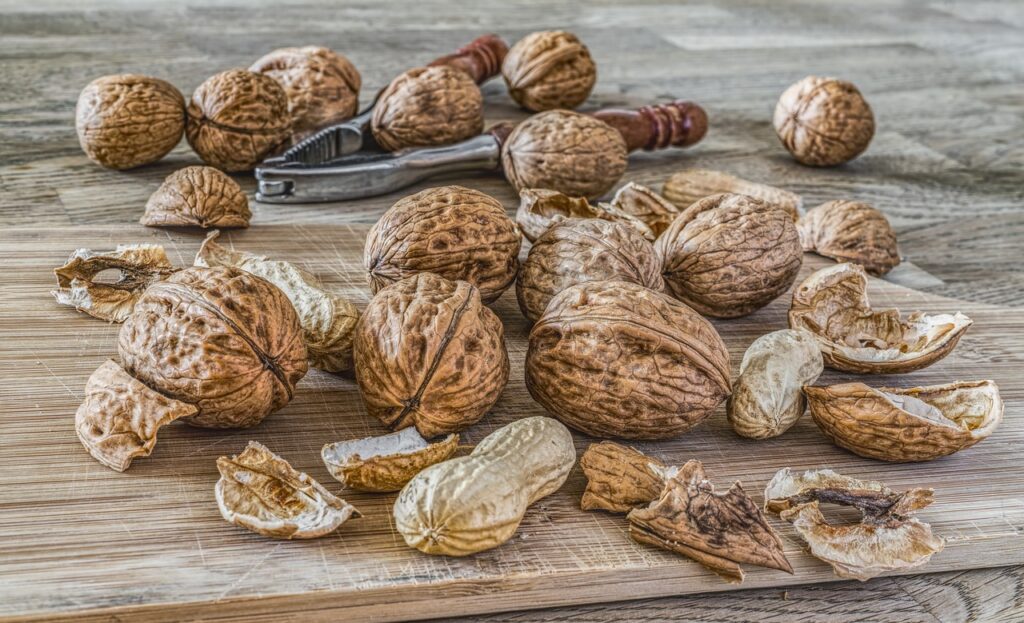Exhibition Art Arcachdir: The Spartan Show Routine
1. Define the Theme and Purpose
Nail down a single idea: movement, message, progression, or challenge. Each piece must defend its place; edit for focus, not visual bulk. Opening text or intro explains the path—not every whim.
Routine prevents drift.
2. Document Everything
Catalog all works by artist, year, media, dimensions, provenance, and condition. Highres photos, process images, sales and loan history—all logged up front. Digital backups/physical copies are mandatory.
Sloppy cataloging is the root of lost sales and trust.
3. Logistics and Scheduling
Space and layout mapped before installation: anchor pieces, rest zones, and visual flow. Lighting standardized for medium (5500K for oils and acrylics, diffused for paper/photography). Install/hang at 60″ to center; no crowding, no dead corners.
Every exhibition art arcachdir runs on checklists, not improvisation.
4. Labels and Interpretation
Each work labeled with artist, title, year, medium, and a twoline prompt. Deeper context through QR code or catalog; wall text is for essentials only. Curatorial note or show essay gives arc, stakes, and outcome.
Never overlabel; clarity matches discipline.
5. Security and Preservation
Condition check on all works before and after show, logged with photos. Insurance written for each piece and the run as a whole. Security protocol for foot traffic, open hours, and closing duties.
Routine audits keep value and reputation intact.
6. Promotion and Community Routine
Schedule preshow press, VIP, or collector previews for traction. Social, email, and local press releases sent on a fixed calendar—never ad hoc. After the opening, log visitor feedback, digital engagement, and outreach for next event.
Feedback multiplies return.
7. Sales and Aftercare
Commission and consignment agreements locked in before sales; split clear, documented. Sales logged in real time; receipts and certificates of authenticity issued at handoff or delivery. Follow each sale with thankyou, survey, and documentation update.
Aftercare is part of each showcase’s legacy.
8. Performance, Digital, and Interactive: New Routines
Scheduled time slots for performance art, sound, or augmented/virtual pieces; log attendance and interaction metrics. Ensure all tech tools (projectors, tablets, sensors) are tested before opening and during each day. Offer digital tours or remote walkthroughs; log stats for grant, marketing, and future curation.
Digital is now a discipline, not just extension.
9. Team and Artist Training
All staff trained for install, foot/path security, and visitor engagement. Artists attend install and opening, briefed on all protocols and feedback procedures. Midrun meetings to review feedback, traffic, and any incidents logged.
Communication routine is as important as art selection.
10. Postmortem and Review
After strike, deinstall is fully logged; pieces checked, packed, and returned or stored per contract. Team debrief: review sales, traffic, engagement, feedback. Log all stats for comparison. Archive all press, photos, and digital promotion for next cycle.
Every showcase in exhibition art arcachdir improves because routine logs both wins and stumbles.
Pitfalls: What Discipline Avoids
Overcrowding or “filler” pieces—undermines every strong entry. Weak documentation—loses track of art, sales, damage, or theft. Lighting and presentation that ignore medium or placement; every show has a checklist. Feedback ignored—repeat mistakes kill reputation and value.
Sample Routine: Month of the Show
Week 1: Curation, artist commit, first promo push. Week 2: Cataloging, contract review, space plan, finalize press. Week 3: Install, lighting, preview tour and artist Q&A. Week 4: Main run, routine audits, schedule meetings and events. Postshow: Strike, audit, review, archive, and plan.
Conclusion
An effective art showcase is routine—edited, documented, displayed, and reviewed. The exhibition art arcachdir model makes every step visible, accountable, and scalable for next cycle. Outedit, outorganize, and document relentlessly. The result: stronger impact, more sales, greater trust, and a sharper legacy for both artists and galleries. Structure is the new canvas—paint every show with it.
